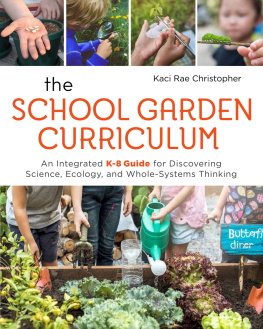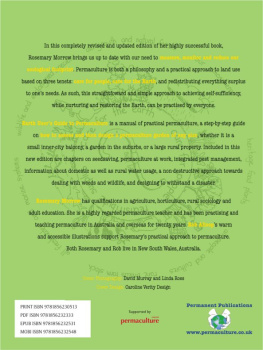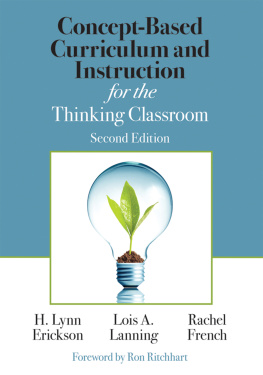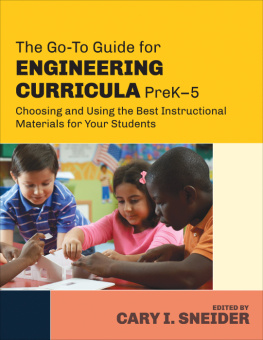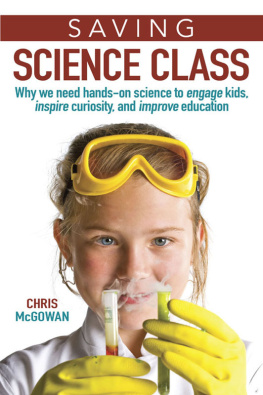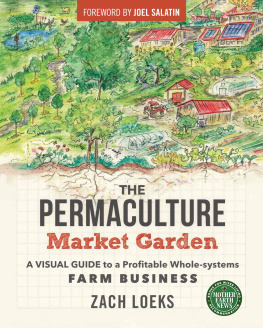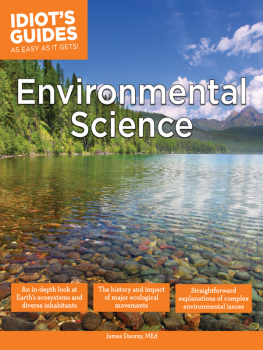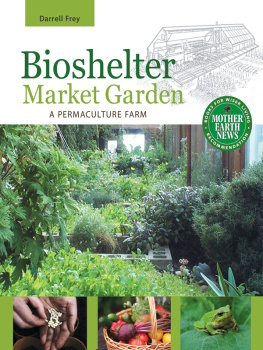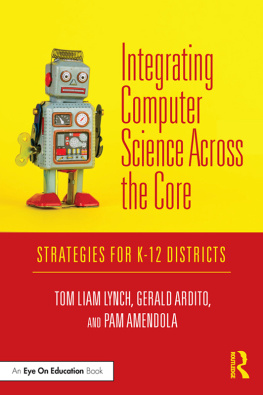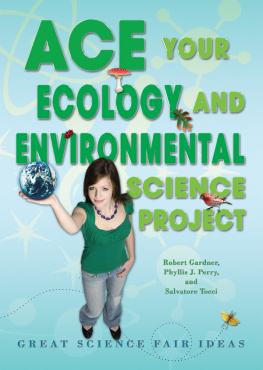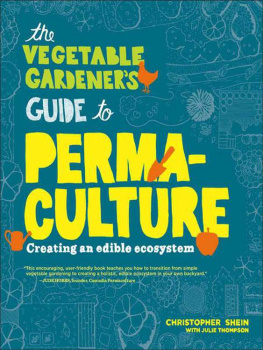Acknowledgments
I want to extend tremendous gratitude to the people who have supported and inspired this book and guided my teaching over the years: my mother, Tarri, who first planted my feet into warm soil; my father, Kent, who taught me to spot an elks breath in the early morning; my husband, Sam, who shares wonder with me every day. I thank my mentors and friends who continually advise and support me: Jeff Gottfried, Katie Boehnlein, Alison Pollack, and Hannah Hostetter.
I am grateful to the staff and community of Springwater Environmental Sciences School. My deepest thanks to Dawn Bolotow in allowing me the creative freedom to learn and experiment in the garden, and Jon Vogel, who guided me as an educator and taught me how to have fun while capturing the attention of children.
Confluence Environmental Center and their innovative AmeriCorps support program gave me the opportunity to do work I love to do. Community supporters such as Matt Brown of Food|Waves, Cathy McQueeney of Clackamas County Soil and Water Conservation District, and Rick Sherman of Oregon Department of Education have remained advocates of my outdoor and garden education work, and their own passions for garden education inspire me continuously.
I am grateful for Calypso Farm and Ecology Center and Educational Recreational Adventures for the opportunities to learn and explore my passion for generating opportunities for wonder in children. And thank you to all the local teachers, nonprofits, and community members at work around me your commitment to revitalizing childrens connection with nature inspires me daily.
I am especially thankful for New Society Publishers for offering me this opportunity to share my work. I am grateful to be a part of a community that inspires deeply thoughtful, engaging, and community-building conversations. Thank you to Rob West, Sue Custance, Greg Green, Ingrid Witvoet, Sara Reeves, EJ Hurst, and all the incredible staff members who work hard to generate and support work worth doing. I am deeply grateful for the work of Betsy Nuse in copy editing my manuscript and providing a sounding board to me, as a writer and educator.
Thanks to the teachers, parents, volunteers, and garden enthusiasts who inspire me daily with their diligence and commitment to fostering new generations of leaders and global changemakers. Together, our work makes all the difference.
Appendix A:
Next Generation Science Standards
I chose to include NGSS into this curriculum in an effort to make it more accessible to educators who use these standards. Personally, they have provided a structure to many of my lesson plans, and I hope they will also make gardening education more realistic to other educators, especially those who are teaching in a standards-driven system. My hope is that educators who have to fulfill rigorous state or regional standards wont feel as if gardening is an add-on to their already tight schedules, but rather offers supplemental, supportive, and fulfilling science experiences for their students.
Kindergarten
K-PS3-1 Energy: Make observations to determine the effect of sunlight on the Earths surface.
K-LS1-1: From Molecules to Organisms: Structures and Processes: Use observations to describe patterns of what plants and animals (including humans) need to survive.
K-ESS2-1: Earths Systems: Use and share observations of local weather conditions to describe patterns over time.
K-ESS2-2: Earths Systems: Construct an argument supported by evidence for how plants and animals (including humans) can change the environment to meet their needs.
K-ESS3-1: Earth and Human Activity: Use a model to represent the relationship between the needs of different plants or animals (including humans) and the places they live.
K-ESS3-3: Earth and Human Activity: Communicate solutions that will reduce the impact of humans on the land, water, air, and/or other living things in the local environment.
First Grade Grade One
1-LS1-1: From Molecules to Organisms: Use materials to design a solution to a human problem by mimicking how plants and/or animals use their external parts to help them survive, grow, and meet their needs.
1-LS1-2: From Molecules to Organisms: Read texts and use media to determine patterns in behavior of parents and offspring that help offspring survive.
1-LS3-1: Heredity: Make observations to construct an evidence-based account that young plants and animals are like, but not exactly like, their parents.
Second Grade Grade Two
2-PS1-1: Matter and Its Interactions: Plan and conduct an investigation to describe and classify different kinds of materials by their observable properties.
2-PS1-2: Matter and Its Interactions: Analyze data obtained from testing different materials to determine which materials have the properties that are best suited for an intended purpose.
2-LS2-1: Ecosystems: Plan and conduct an investigation to determine if plants need sunlight and water to grow.
2-LS2-2: Ecosystems: Develop a simple model that mimics the function of an animal in dispersing seeds or pollinating plants.
2-LS4-1: Make observations of plants and animals to compare the diversity of life in different habitats.
Third Grade Grade Three
3-LS3-1: Heredity: Analyze and interpret data to provide evidence that plants and animals have traits inherited from parents and that variation of these traits exists in a group of similar organisms.
3-LS3-2: Heredity: Use evidence to support the explanation that traits can be influenced by the environment.
3-ESS3-1: Earth and Human Activity: Make a claim about the merit of a design solution that reduces the impacts of a weather-related hazard.
3-LS2-1: Ecosystems: Construct an argument that some animals form groups that help members survive.
3-LS1-1: From Molecules to Organisms: Develop models to describe that organisms have unique and diverse life cycles but all have in common birth, growth, reproduction, and death.
Fourth Grade Grade Four
4-LS1-1: From Molecules to Organisms: Construct an argument that plants and animals have internal and external structures that function to support survival, growth, behavior, and reproduction.
4-LS1-2: From Molecules to Organisms: Use a model to describe that animals receive different types of information through their senses, process the information in their brain, and respond to the information in different ways.
Fifth Grade Grade Five
5-PS1-1: Matter and Its Interactions: Develop a model to describe that matter is made of particles too small to be seen.
5-PS1-2: Matter and Its Interactions: Measure and graph quantities to provide evidence that regard less of the type of change that occurs when heating, cooling, or mixing substances, the total weight of matter is conserved.
5-PS3-1: Energy: Use models to describe that energy in animals food (used for body repair, growth, motion, and to maintain body warmth) was once energy from the sun.
5-LS1-1: From Molecules to Organisms: Support an argument that plants get the materials they need for growth chiefly from air and water.
5-LS2-1: Ecosystems: Develop a model to describe the movement of matter among plants, animals, decomposers, and the environment.

